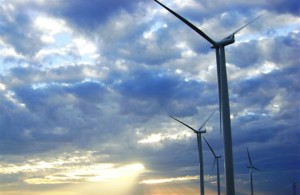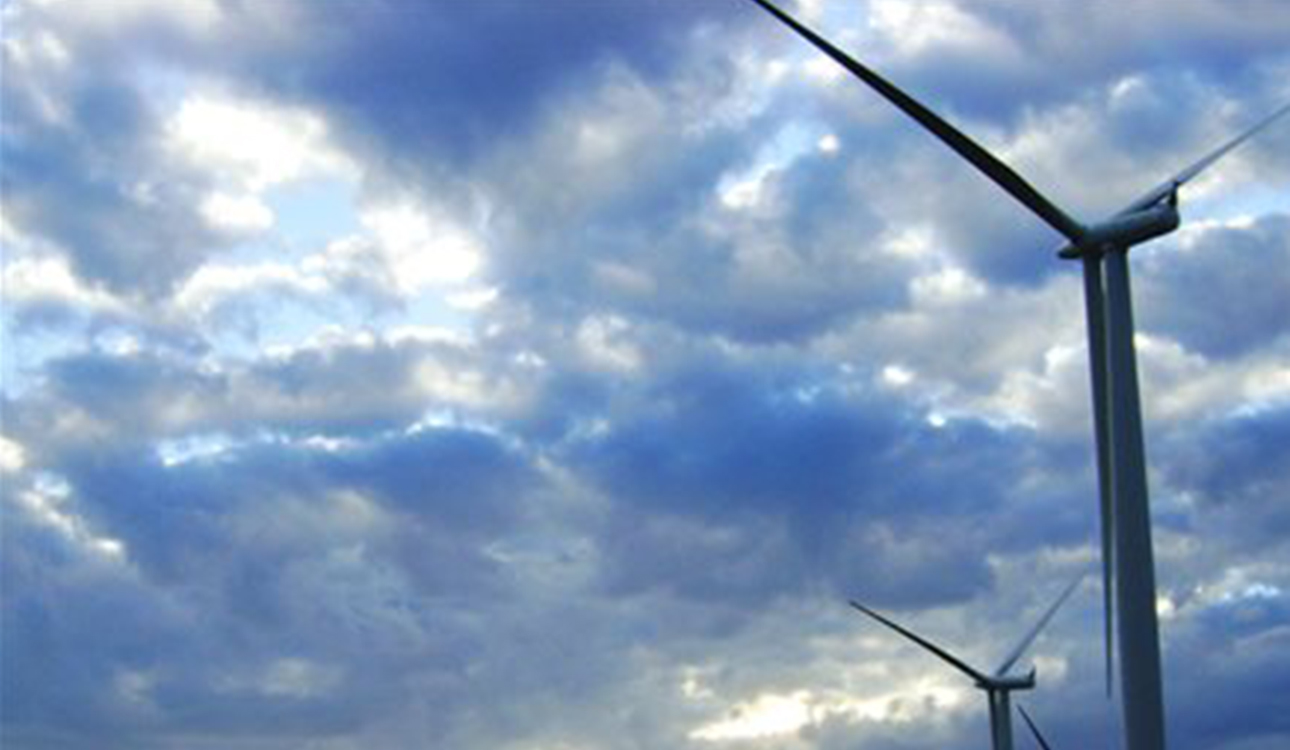
Associated Press
HOUSTON — It takes a lot of energy to store all the data 1 billion people and 20 million businesses plug into their computers, phones, tablets and gadgets. So as part of an effort to become carbon neutral, Microsoft Corp. has entered a 20-year deal to buy power from a new wind farm in Texas, the first time the tech giant is directly purchasing electricity from a specific source.
The deal announced Monday between Microsoft and RES Americas is being funded in part by money collected from a “carbon fee,” an internal tax of sorts that the company has been charging its departments for every ton of carbon produced. Microsoft also hopes the deal will be a model for other parts of its global operations, said Brian Janous, Microsoft’s director of energy strategy.
“We’re definitely looking at this as a first of a kind, but it fits into our overall desire to have more control over our energy supply,” Janous said.
Construction on RES Americas’ $200 million, 55-turbine wind power project, called Keechi, will begin in December and is expected to be operational by June 2015.
Microsoft is buying all 430,000 megawatt hours of energy it produces — or enough to power up to 45,000 homes. That’s about 5 percent to 10 percent of the company’s total electricity consumption.
Microsoft declined to say how much it is paying for the 20-year contract. But Robert Bernard, the company’s chief environmental strategist, said it is coming out of the carbon fee funds, which Microsoft previously estimated could amount to about $10 million in the first year that ended on June 30. The fees will fund several projects.
“It’s a sign of the times that the price point for these renewable projects is quite attractive to them,” said Rob Morgan, chief development officer for wind and solar developer RES Americas.
While the wind energy goes directly onto the Texas grid and it never can be known exactly where electricity is coming from at any given time, having renewable sources helps offset the use of coal, for example, which produces more carbon pollution.
The idea is for Microsoft’s data center in San Antonio to pay for at least some wind energy, Janous said. Until now, the company has bought tax credits for renewable energy, but decided it was time to take the next step.
“How do we make sure there is power on the grid that we want to use?” Janous said.
Texas is the nation’s largest producer of wind energy, but most of that power is created on the wide open, windy prairies of West Texas.






